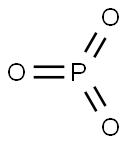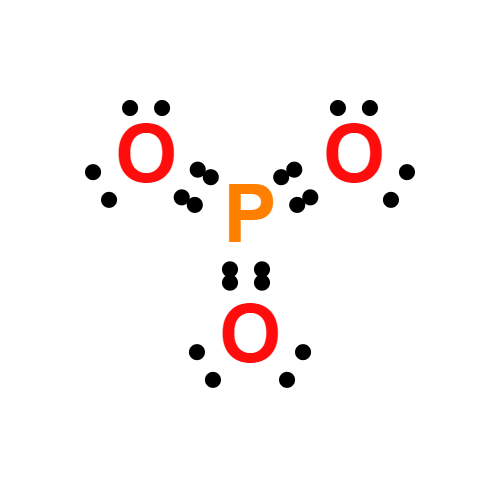Chemical Properties
transparent crystal(s); monoclinic or colorless liquid; disproportionates to red P and P2O4if heated above 210°C [MER06]
General Description
White crystalline solid or a liquid (melting point 24°C). Density 2.14 g / cm3. Toxic and corrosive. May severely irritate skin and eyes. Used to make other chemicals.
Air & Water Reactions
Fumes in air. Reacts slowly with cold water to give phosphorous acid. Reacts vigorously with hot water to generate red phosphorus, phosphine (highly toxic and flammable) and phosphoric acid [Merck 11th ed. 1989].
Reactivity Profile
Phosphorus trioxide reacts exothermically with bases. Melted Phosphorus trioxide readily ignites in air. Instantly ignites with a flame of almost blinding brilliance when thrown into oxygen at 50-60°C [J. Am. Chem. Soc. 125:347. 1924]. Incompatible with ammonia, disulfur dichloride, halogens, oxygen, phosphorus pentachloride, sulfur, sulfuric acid, water [Bretherick, 5th ed., 1995, p. 1778].
Health Hazard
TOXIC; inhalation, ingestion or contact (skin, eyes) with vapors, dusts or substance may cause severe injury, burns or death. Reaction with water or moist air will release toxic, corrosive or flammable gases. Reaction with water may generate much heat that will increase the concentration of fumes in the air. Fire will produce irritating, corrosive and/or toxic gases. Runoff from fire control or dilution water may be corrosive and/or toxic and cause pollution.
Fire Hazard
Non-combustible, substance itself does not burn but may decompose upon heating to produce corrosive and/or toxic fumes. Vapors may accumulate in confined areas (basement, tanks, hopper/tank cars etc.). Substance will react with water (some violently), releasing corrosive and/or toxic gases and runoff. Contact with metals may evolve flammable hydrogen gas. Containers may explode when heated or if contaminated with water.

